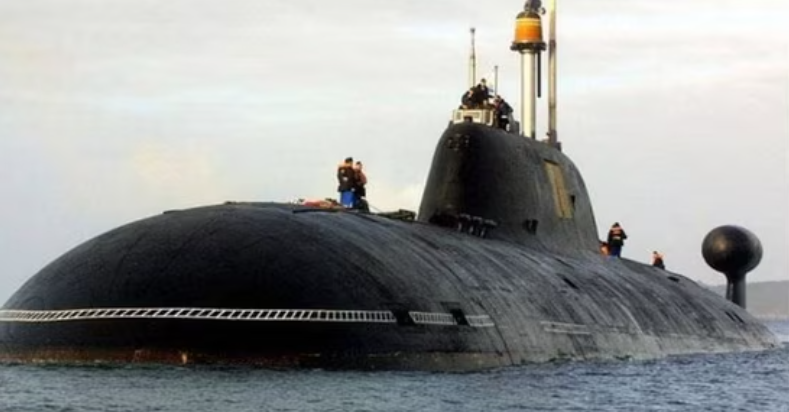Defence Minister Rajnath Singh is set to commission India’s second nuclear-powered ballistic missile submarine (SSBN), INS Arighat (S-3), in a significant event in Visakhapatnam today. The ceremony will be attended by Chief of Naval Staff Admiral Dinesh Tripathi, Vice Admiral Suraj Berry, who heads India’s strategic command, and senior officials from the Defence Research and Development Organisation (DRDO). This advanced SSBN will be a key asset under India’s strategic command.

While details of the project remain classified, it has been revealed that the 6,000-tonne INS Arighat is preparing for a long-range patrol in the Indo-Pacific region, equipped with 750-km range K-15 nuclear ballistic missiles. Following INS Arighat, India’s third SSBN, INS Aridaman (S-4), is expected to be commissioned next year, followed by a fourth SSBN, codenamed S-4*.
With the commissioning of INS Arighat, India will now operate two SSBNs—INS Arihant (S-2) and INS Arighat—patrolling the high seas as a vital component of the country’s nuclear triad and second-strike capability, which aligns with India’s no-first-use policy.
The Indian Navy has already sought approval from the Narendra Modi government to build two nuclear-powered conventionally armed submarines (SSNs). Unlike diesel-electric attack submarines (SSKs), which need to surface frequently to recharge batteries, SSBNs and SSNs can remain submerged for months, with their operational limitations determined only by logistics, supplies, and crew rotations.
Strategic Importance of INS Arighat
Positioned in the Indo-Pacific, India’s SSBNs provide significant strategic leverage and act as a powerful deterrent against any navy attempting to challenge India’s maritime security. Both INS Arihant and INS Arighat are powered by indigenous nuclear reactors and armed with indigenous nuclear missiles, with INS Arighat representing a more advanced and refined version of its predecessor.
Once the S-4* SSBN is commissioned, India plans to launch a new class of submarines that are larger, capable of carrying 3,000 km-range nuclear ballistic missiles, and equipped with additional missile tubes. With land-based nuclear missiles like the Agni series and air-launched nuclear capability, India’s SSBNs become the most formidable component of its nuclear triad.
Upcoming Naval Expansions
The Indian Navy is also set to bolster its capabilities with the commissioning of the latest guided missile stealth destroyer INS Surat, the stealth guided missile frigate INS Taragiri, and the sixth Kalveri class attack submarine, INS Vagsheer, all within the next six months. Additionally, orders for three more Kalveri class submarines are expected to be placed with Mumbai’s Mazgaon Dock Shipbuilders Ltd this year.




